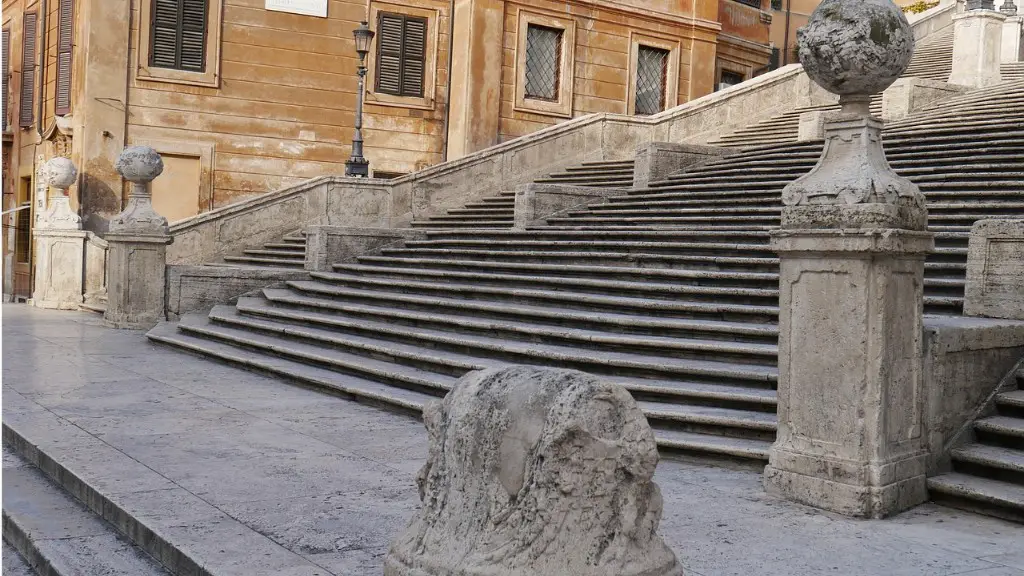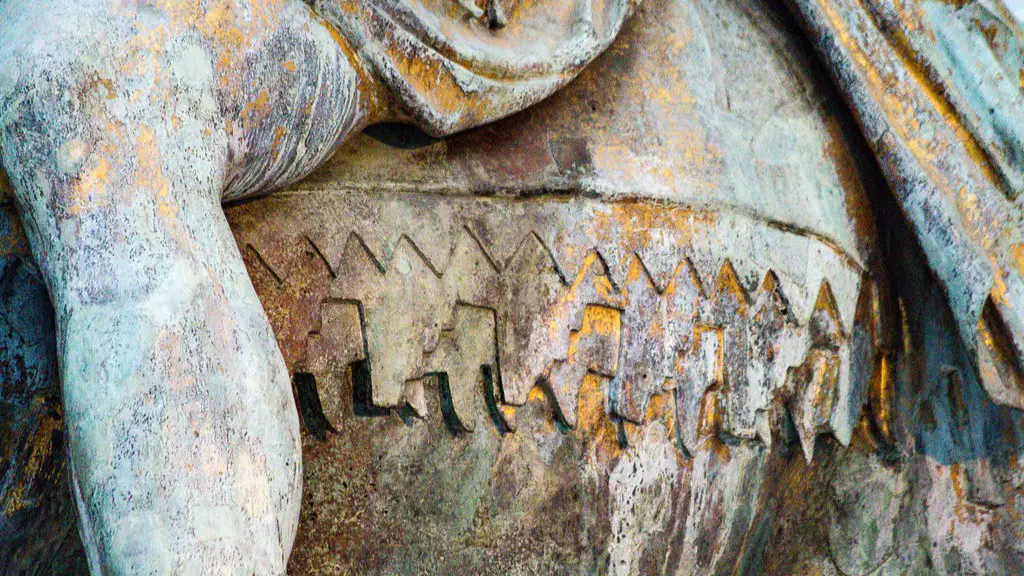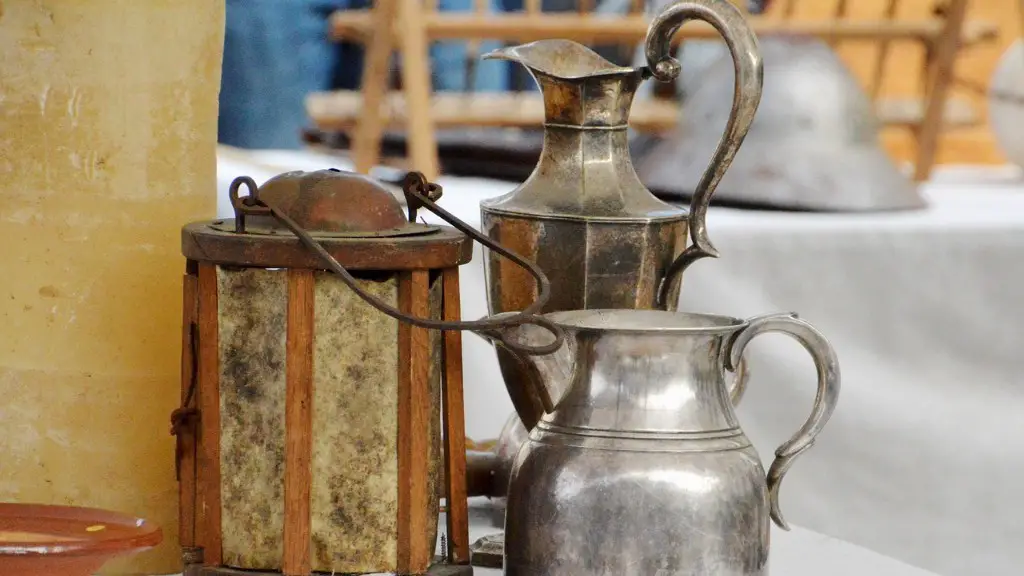If you were to take a trip back in time to ancient Rome, you might be surprised at how different medicine was back then! The ancient Romans had a very different approach to health and healing than we do today. For one thing, they believed that many diseases were caused by evil spirits or gods. This meant that their treatments were often more spiritual or religious in nature than scientific. They also didn’t have access to the same medical knowledge or technology that we have today, so their treatments were often quite simple and rudimentary.
Details about ancient Roman medicine are somewhat limited. However, we do know that the ancient Romans used a variety of medical techniques and treatments. They relied heavily on the use of plants and herbs to treat a wide range of conditions. The Roman physician Galen (129-199 AD) was a famous proponent of using plants and herbs for medical purposes. Roman doctors also made use of surgery and other medical interventions.
What was medicine like in Rome?
Roman diagnosis and treatment consisted of a combination of Greek medicine and some local practices. As the Greeks did before them, Roman physicians would carry out a thorough physical examination of the individual. Progress in diagnosis, treatment, and prognosis in ancient Rome was slow and patchy.
Ancient Roman medicine was divided into specializations, such as ophthalmology and urology. To increase their knowledge of the human body, physicians used a variety of surgical procedures for dissection, which were carried out using different instruments, including forceps, scalpels, and catheters.
How was medicine used in ancient Rome
While ancient Roman doctors may have prescribed some strange remedies and used dream interpretation for diagnosis, they also made significant medical advances. Ancient Rome was a key period in the development of medicine, as many important concepts and techniques were established during this time. Even though ancient Roman doctors didn’t have all the modern knowledge we have today, they made significant progress in the field of medicine.
The Roman system of medicine was largely based on the Greek system, which was founded by Hippocrates. While the Romans had a great deal of knowledge about anatomy and surgical techniques, their medicines and cures were quite simplistic and largely ineffective.
How did Romans treat pain?
The ancient Romans were known for their brutal methods of treating pain, including bloodletting and burning. However, some physicians employed more pleasurable methods, such as baths, naps, and wine. These methods were often more effective in treating pain and were much more enjoyable for the patients.
Marcus Aurelius was the first opium addict. He was a Roman Emperor who was prescribed the drug to relieve pain and help him sleep at night. Opium was also used to treat coughing and diarrhea.
What did Roman doctors wear?
The toga was an Ancient Roman garment that was typically worn by men. It was a semi-circular woollen cloth that was draped over the left shoulder and around the body. The word “toga” is thought to derive from the Ancient Greek word tegere, which means “to cover”. The toga was a symbol of Roman citizenship and was usually worn by citizens on important occasions.
The ancient Egyptians believed that their gods had the power to heal them. They would often go to the temples to seek out healing from the priests and priestesses. Many cultures in ancient times believed in the supernatural healing powers of shamans or medicine men.They would use herbs and other magical remedies to treat the sick. People would often travel great distances to seek out the services of a shaman.
What were ancient medicines made of
Herbal medicines were used long before the development of modern medicine. The Greek physician Dioscorides wrote a text in 65 AD called the Materia Medica, which detailed the medicinal use of more than 600 plants. Although the original text is lost, there are many surviving copies. Herbal medicines continue to be used today, often in combination with modern medication.
Roman medicine was greatly influenced by the Greeks and Egyptians. The legacy of Roman medicine includes the recording of medical knowledge from these earlier cultures. Roman doctors also contributed to world medicine by extending their knowledge of surgery and anatomy.
How did ancient Rome deal with diseases?
Natural medicine was of great importance to the ancient Romans, as they could not synthetically manufacture anything. Many traces of herbs have been found at Roman army bases, as well as medicated wine. An example of this kind of medicine is green jasper, which was used to treat stomach problems.
Asclepiades was a Greek physician who was born in Bithynia and practiced in Rome. He is credited with introducing Greek medicine to Rome and establishing it there. He is said to have improved the treatment of diseases, using more natural and less harsh methods than the Romans were accustomed to. He also wrote treatises on medicine, which were influential in spreading Greek medical knowledge to Rome and beyond.
What ancient civilization had the best medicine
The Egyptians had a high level of medical care that included many modern practices. They had effective wound care, contraception, more drugs than a modern pharmacy, and accurate diagnoses of heart disease. This made them well-known in the ancient world for their medical care.
A lot of doctors in Rome were called Asclepiades or Hippocrates. This was because their fathers were doctors too and they were expected to carry on the family profession. Asclepius and Hippocrates were famous Greek doctors, so these names would have been respected and well-known.
How did Romans stay fit?
If I were a man, my workout would definitely consist of running, wrestling, boxing, or fencing. Ball games such as handball would also be played, but women would also partake in this prelude to bathing.
The use of silphium as an oral contraceptive dates back to ancient Rome and Greece, where it was a popular method of preventing pregnancy. In the ancient Near East, women would also soak cotton or lint in the juice of this herb and insert it into their vaginas to prevent pregnancy. Silphium was a species of giant fennel and was known for its contraceptive properties.
Final Words
There is not a lot of evidence remaining from ancient Rome that gives a clear picture of what medical practices were like. There are, however, a few ancient texts that provide some insight. The most famous of these is the medical treatise written by Galen, a Greek physician who worked in Rome in the 2nd century AD. From his writings, we know that the ancient Romans were familiar with a broad range of medical treatments, including surgery, dietary changes, and herbal remedies. They also had a good understanding of the human body, and were able to make relatively accurate diagnoses. However, Galen’s writings also show that ancient Roman medicine was far from perfect. Many of the treatments that were used were not based on a clear understanding of how the human body works, and as a result, many of them were probably not very effective.
In conclusion, ancient Roman medicine was a combination of many different techniques and practices. Some of these practices were effective, while others were not. However, overall, ancient Roman medicine was able to help many people.





